This review is taken from PN Review 234, Volume 43 Number 4, March - April 2017.
on Donald Childs’s The Birth of New Criticism
Donald J. Childs, The Birth of New Criticism. Conflict and Conciliation in the Early Work of William Empson, I.A. Richards, Laura Riding, and Robert Graves
HERE IS A STORY about the afterlife of New Criticism. As a student in Sarajevo in the mid-1980s, the Bosnian writer Aleksandar Hemon (b. 1964) came under the sway of a professor who ‘taught a course in poetry and criticism’. This was Nikola Koljević, and ‘Cleanth Brooks was his patron saint’; his first book was called The Theoretical Foundations of New Criticism. A few years after Hemon graduated, Koljević became one of the Serb leaders in the war against Bosnia. Fluent in English, tweedy in appearance, he was much deployed with foreign journalists, mocking the accusations against his own side. His signature is on the treaty that ended the war in 1995. Two years later he killed himself.
In Koljević’s class, Hemon ‘learned how to analyse the inherent properties of a piece of literature, disregarding politics, biography, or anything external to the text. […] we unpacked poems like Christmas presents’. During the war, he became obsessed with his old professor. ‘I’d been mired in close reading, impressionable and unaware that my favourite teacher was involved in plotting a vast crime.’ He was determined to ‘unlearn’ the approach to literature that Koljević had taught. ‘I excised and exterminated that precious, youthful part of me that had believed you could retreat from history and hide from evil in the comforts of art.’
‘Racked with guilt’, the victim blamed – whom else – himself. Victim of what? The illusion that literature can be understood with formal tools that analyse its coherence, unity and self-completeness in terms of irony, ...
In Koljević’s class, Hemon ‘learned how to analyse the inherent properties of a piece of literature, disregarding politics, biography, or anything external to the text. […] we unpacked poems like Christmas presents’. During the war, he became obsessed with his old professor. ‘I’d been mired in close reading, impressionable and unaware that my favourite teacher was involved in plotting a vast crime.’ He was determined to ‘unlearn’ the approach to literature that Koljević had taught. ‘I excised and exterminated that precious, youthful part of me that had believed you could retreat from history and hide from evil in the comforts of art.’
‘Racked with guilt’, the victim blamed – whom else – himself. Victim of what? The illusion that literature can be understood with formal tools that analyse its coherence, unity and self-completeness in terms of irony, ...
The page you have requested is restricted to subscribers only. Please enter your username and password and click on 'Continue':
If you have forgotten your username and password, please enter the email address you used when you joined. Your login details will then be emailed to the address specified.
If you are not a subscriber and would like to enjoy the 292 issues containing over 11,700 poems, articles, reports, interviews and reviews,
why not subscribe to the website today?
